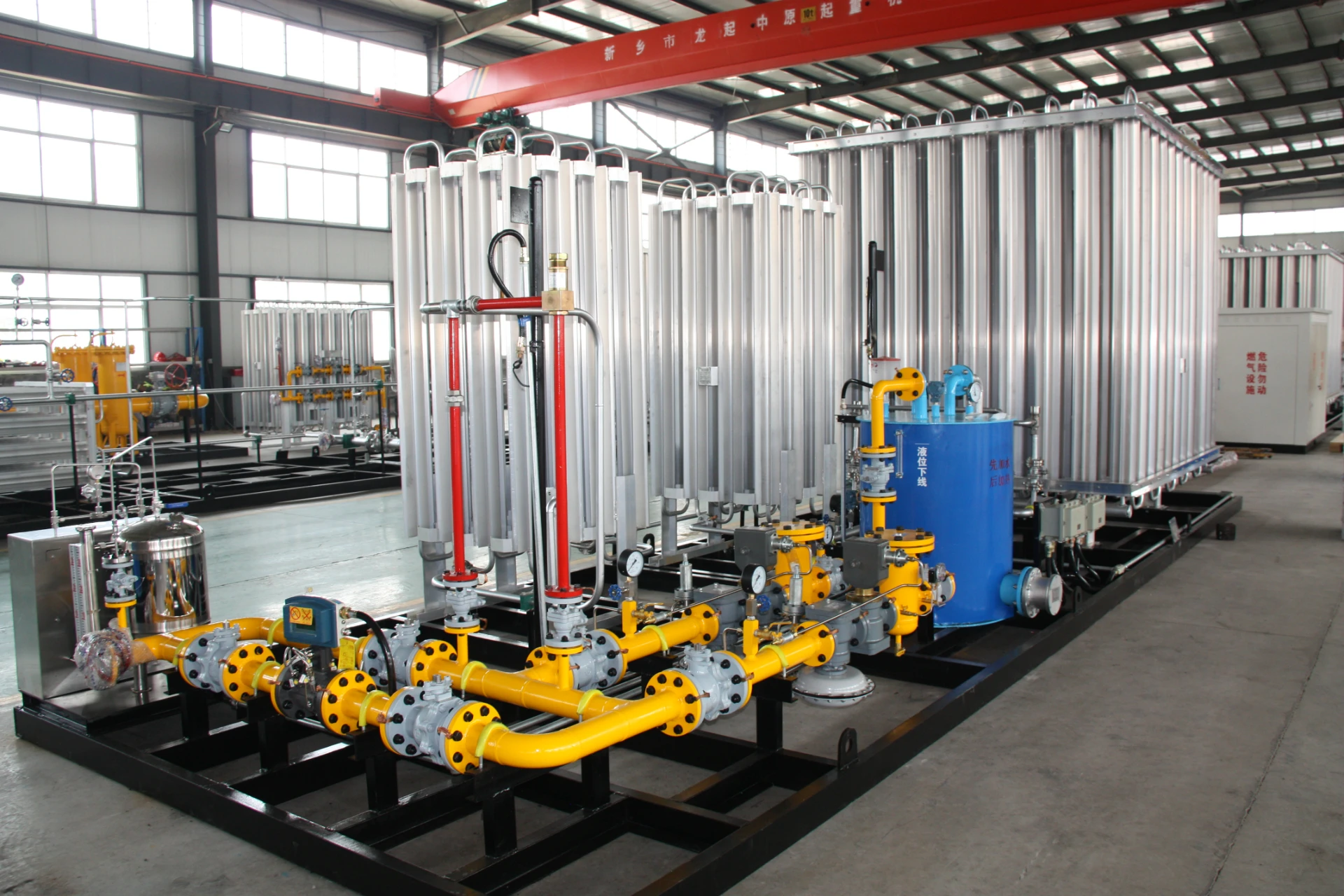
Dec . 16, 2024 23:24
Back to list
natural gas pressure reducing station
Understanding Natural Gas Pressure Reducing Stations
Natural gas is one of the most widely used fuels in the world today, powering homes, industries, and vehicles. However, it is crucial that this gas is delivered at a safe and manageable pressure. This is where natural gas pressure reducing stations (PRS) come into play. These stations are integral components of the natural gas distribution network, ensuring that the gas reaches consumers at a pressure that is both safe and efficient for use.
What is a Pressure Reducing Station?
A natural gas pressure reducing station is a facility designed to reduce the high pressure of gas coming from transmission pipelines to a lower pressure suitable for distribution. This is important because natural gas is typically transported through pipelines at very high pressures, often exceeding 1,000 pounds per square inch (psi). If this gas were to be delivered directly to homes and businesses without pressure regulation, it could pose serious safety hazards, damage appliances, or even lead to catastrophic explosions.
How Does It Work?
The primary function of a PRS is to control and reduce gas pressure. This is achieved through a series of components, including pressure regulators, valves, and safety devices. When high-pressure gas enters the station, it passes through a pressure regulator, which reduces the pressure to a predetermined level. This regulated gas can then be safely distributed through the local network of pipes to end-users.
natural gas pressure reducing station

The system typically incorporates various safety mechanisms to ensure reliable operation. These may include overpressure protection devices that shut off the flow of gas if pressures exceed safe levels. Additionally, telemetry systems allow operators to monitor operational parameters in real-time, enabling prompt response to any abnormalities.
Importance of Pressure Reducing Stations
PRS plays a vital role in the safe and efficient operation of the natural gas supply chain. By ensuring that gas is delivered at the correct pressure, these stations help prevent accidents and enhance the reliability of gas supply. Moreover, they also facilitate the integration of renewable energy sources into the natural gas network. For instance, biogas, which may have varying pressures and compositions, can be accommodated more easily with effective pressure regulation in place.
Environmental considerations are also important in the context of PRS. Technologies are continuously evolving to minimize methane leaks and improve the overall efficiency of gas usage. Advanced pressure regulation systems are now being designed with smart technology to optimize pressure management and reduce the carbon footprint of gas distribution.
Conclusion
Natural gas pressure reducing stations may often be overlooked, but their role in the energy sector is critical. They ensure the safe transportation of natural gas from high-pressure pipelines to residential and commercial consumers. As the world shifts towards cleaner energy sources, the importance of effective and efficient gas distribution systems cannot be overstated. Investments in modernizing these facilities not only enhance safety but also help facilitate a sustainable energy future. With continued advancements in technology, the natural gas industry can meet the demands of the present while preparing for the challenges of tomorrow. In this way, PRS serve as an essential link in the chain of natural gas delivery, ensuring that we can rely on this valuable energy source safely and effectively.
Latest news
-
Safety Valve Spring-Loaded Design Overpressure ProtectionNewsJul.25,2025
-
Precision Voltage Regulator AC5 Accuracy Grade PerformanceNewsJul.25,2025
-
Natural Gas Pressure Regulating Skid Industrial Pipeline ApplicationsNewsJul.25,2025
-
Natural Gas Filter Stainless Steel Mesh Element DesignNewsJul.25,2025
-
Gas Pressure Regulator Valve Direct-Acting Spring-Loaded DesignNewsJul.25,2025
-
Decompression Equipment Multi-Stage Heat Exchange System DesignNewsJul.25,2025

